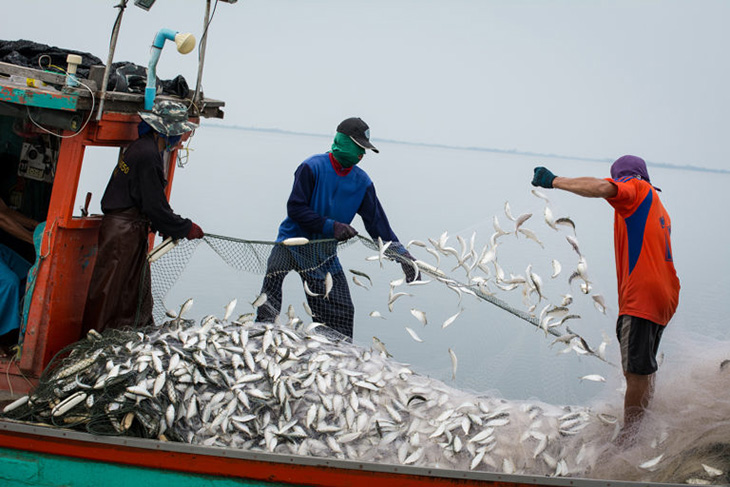

For decades, global experts have sounded the alarm about the devastating impacts of overfishing and the loss of marine biodiversity. Yet, despite these concerns, Southeast Asia’s capture fisheries have stood out as an exception to this global trend. This region has not only managed to support its growing population’s need for aquatic food but has done so while largely maintaining the ecological integrity of its marine environments.
In a groundbreaking study, Professor Matsuishi Takashi Fritz of the Faculty of Fisheries Sciences at Hokkaido University delved into the dynamics behind this anomaly. His research, recently published in the journal Fisheries Science, explored why Southeast Asia has managed to defy the global tide of overexploitation and declining fish stocks, offering critical lessons for sustainable fisheries management around the world.
According to Prof. Fritz, the total output from Southeast Asia’s capture fisheries has steadily increased over the past three decades, representing the most significant regional growth worldwide. Although production levels have plateaued since around 2018, the region continues to outperform many other parts of the world in terms of overall fishery yields. However, while output is high, the region’s productivity per fisher — calculated by dividing total production by the number of people engaged in fishing — remains among the lowest globally. This paradox highlights a unique socio-economic and ecological balance in the region’s fisheries.
The reason behind this seemingly low productivity lies in the sheer number of people engaged in fishing in Southeast Asia. The percentage of the population involved in fishing is 3.4 times the global average. Much of this fishing is done on a small-scale or artisanal basis, often intended for subsistence or local community consumption rather than large-scale commercial export. This form of fishing, Prof. Fritz explains, comes with built-in advantages.
“Small-scale fishing has various advantages: as its productivity is low, it’s possible to provide many jobs without overfishing,” he states. “The small scale of the fishing gear has a low impact on the ecosystem; and the small amount of fish caught at one time ensures that the quality and freshness of the catch is high, and it is sold at a relatively high unit price.”
Indeed, these artisanal fisheries play a crucial role in both ecological and economic sustainability. The limited and non-industrial nature of the fishing methods means there is minimal damage to marine habitats. Additionally, the decentralized and community-focused structure helps distribute fishing pressure across broader areas and species, reducing the likelihood of ecosystem collapse.
One of the most compelling findings of Prof. Fritz’s study is the region’s unusually high ratio of under-fished stocks — three times the global average. While the proportion of overfished stocks in Southeast Asia is similar to that found worldwide, the existence of numerous underexploited stocks sets the region apart. This reflects a multi-species approach to fishing that avoids putting too much pressure on a limited number of commercially valuable species.
This strategy helps preserve Southeast Asia’s rich marine biodiversity and points to a pathway for sustainable fishery practices elsewhere. “To maintain biodiversity, it’s essential to encourage the practice of non-species-selective multi-species fisheries and management,” says Prof. Fritz. “Protecting, promoting, and controlling small-scale artisanal fisheries that do not destroy habitats is also essential.”
The study offers a hopeful vision: that with thoughtful management, fisheries can remain both productive and ecologically sound. By valuing small-scale operations, promoting biodiversity through multi-species harvests, and maintaining close ties to local consumption patterns, Southeast Asia’s fisheries show that sustainability and food security can go hand in hand.
As climate change and overfishing threaten global marine ecosystems, the Southeast Asian model may hold key insights for the future of global fisheries management — particularly for regions grappling with ecological degradation and declining yields. Prof. Fritz’s research not only challenges prevailing narratives of fisheries collapse but also underscores the potential of traditional and community-based practices in achieving long-term ecological balance.
What are your thoughts? Please comment below and share this news!
True Activist / Report a typo







